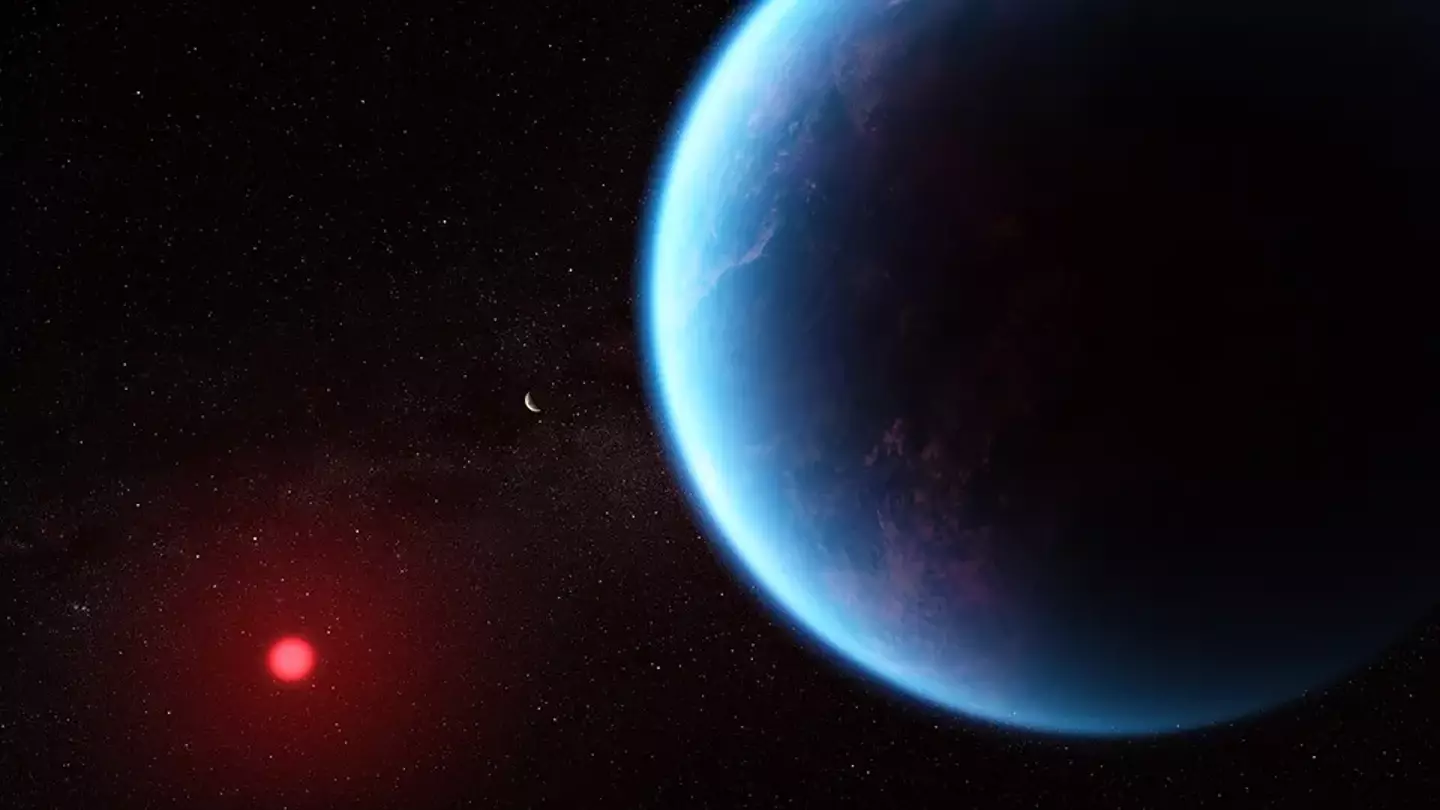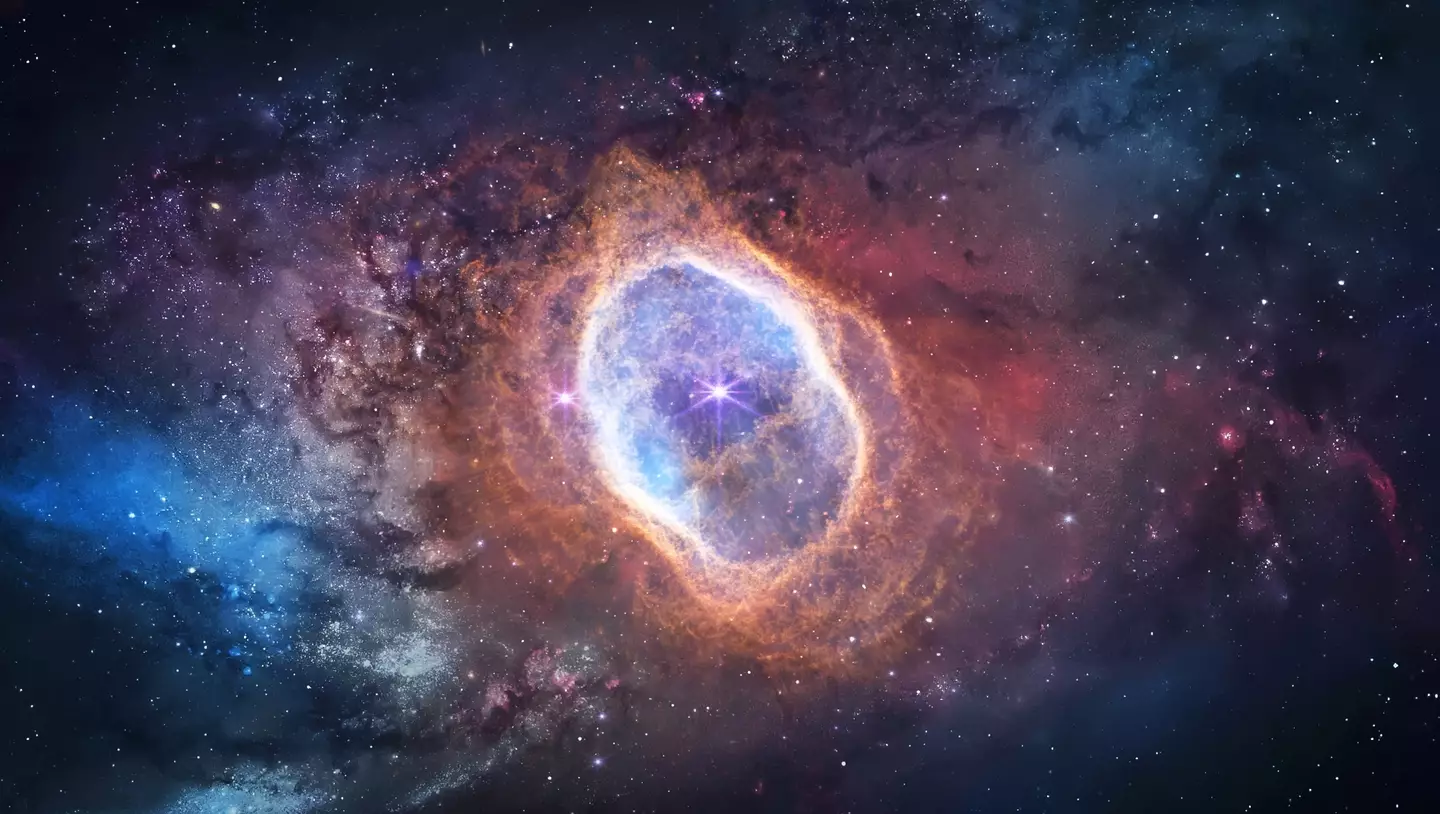
The search for alien life has been one that's captivated scientists and space fans for centuries.
It's one of the great 'what if' questions in existence - and something many have dedicated their lives to studying.
A major part of this process, of course, is trying to find planets and worlds out there that even could support life - or at least, life as we know it.

Advert
This has long involved using our most powerful space telescopes, of which the Hubble telescope is probably the most famous, to assess distant planets.
In September 2023 a small breakthrough was announced, thanks to a research team using the Hubble telescope in partnership with NASA.
The team from the University of Cambridge identified an exciting new planet, called K2-18b, which is about 120 light-years away from Earth.
It indicates that it's possible the planet could sustain an atmosphere that would make life forms viable, although it's not guaranteed that it ever has done or will do so.
Nikku Madhusudhan, lead author of the study, said: "Our findings underscore the importance of considering diverse habitable environments in the search for life elsewhere. Traditionally, the search for life on exoplanets has focused primarily on smaller rocky planets, but the larger Hycean worlds are significantly more conducive to atmospheric observations."
So, basically these results mean that we might have to widen out the searches that we perform for habitable planets - there might be more of these than previously assumed, which is pretty great news in the long run.
That said, and as always in the scientific world, there has been a little debate about whether the results are quite as conclusive as they might seem.

New computer modelling suggests that the signals interpreted by the Hubble telescope from K2-18b might have some major overlap between methanes and dimethyl sulphides - making it impossible to tell the two apart.
This means that we can't be entirely sure that the latter actually is present on the planet.
This doesn't completely invalidate the results, though, but just means there's more investigation to be done into both K2-18b and other planets like it.
After all, it's so often the case that in astronomy even major discoveries and breakthroughs lead their researchers to all-new avenues to do even more work - you're almost never going to find something so conclusive that you can just sit back and be done with it afterwards.
So, more methods will now be applied to K2-18b and that could well result in further interesting papers down the line, with more hints about the possibility of alien life.